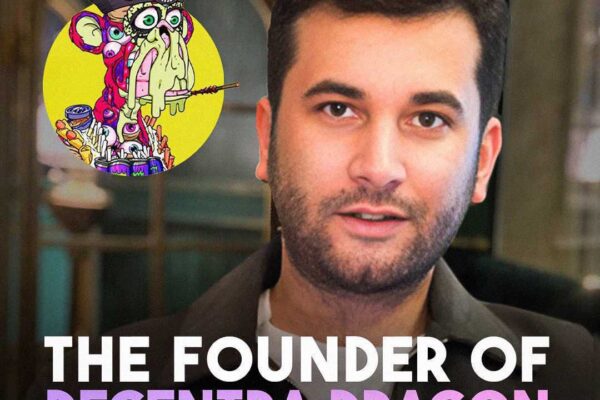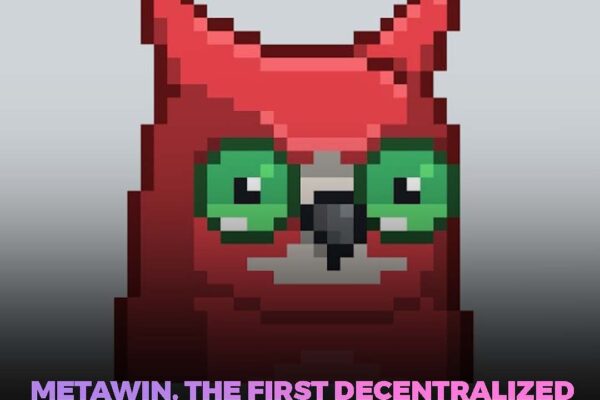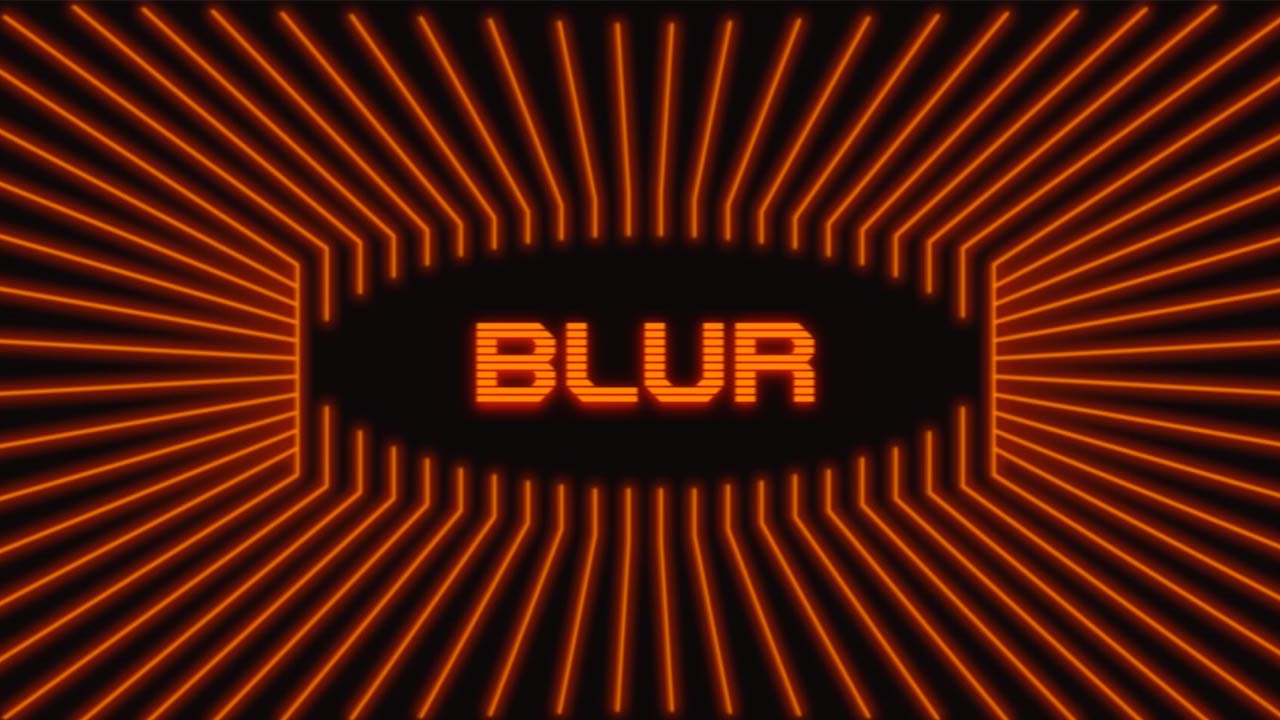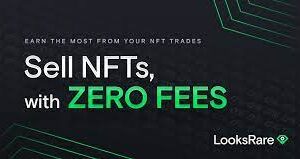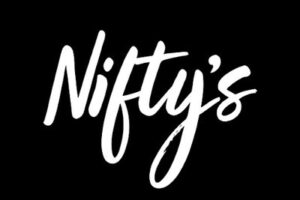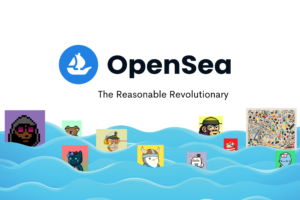The NFT market has witnessed explosive growth in recent months, with platforms like Blur emerging to challenge former leaders like OpenSea. As the competition among NFT marketplaces intensifies, questions arise about the legitimacy of trading volume and market manipulation, especially when it comes to the Blur NFT marketplace.
Blur’s volume comes into question
Blur, a four-month-old NFT marketplace, has experienced a significant increase in trading volume, surpassing OpenSea. In the last 30 days, Blur reported a sales volume of $1.88 billion. On the other hand, OpenSea saw volumes of $474.58 million. This surge in activity has been attributed to Blur’s polished interface, robust analytical tools, and optional royalties, which make it more appealing to professional traders.
However, the NFT ecosystem is being disrupted as platforms compete to lower fees and royalties. This competition is weakening royalty fees, which many NFT creators rely on as a crucial revenue source, causing dissatisfaction among artists.
Despite Blur’s impressive numbers, data from NFT sales tracker CryptoSlam has raised questions about the platform’s true trading volume. Blur’s rewards program, which awards points for listing and bidding on NFTs, could be exploited by users gaming the system to earn tokens. CryptoSlam has claimed that only roughly 1% of traders are responsible for the majority of trading activity on Blur, leading to suspicions of market manipulation.
Blur’s incentive mechanism explained
To encourage market liquidity, Blur has implemented an incentive model that rewards traders with tokens for their contributions. In this system, bids that take on the highest “risk” accumulate the most reward points within each collection. As a result, Blur’s innovative model motivates buyers to bid higher than the asking prices for NFT collections.
When placing a bid on a listed item, the transaction is onlynfinalized upon the seller’s approval. Nonetheless, for ‘buy now’ items, the buyer directly initiates the transaction. Additional fees, such as listing and bidding fees, may counterbalance the effects of reverse arbitrage in the current market.
For instance, a sale conducted on the Ethereum network might involve transaction and royalty fees of roughly $100, payable to the artist. Numerous traders engaged in NFT bidding on the Blur platform likely hold the expectation that the rewards they accumulate through their participation will adequately compensate for any incurred expenses. This belief stems from the fact that the platform’s unique bidding-incentive model has successfully encouraged higher offers on various NFT collections, thus fostering a sense of optimism among traders regarding the potential benefits of their investments.
Blur’s NFT challenge: Decentralization, trust, and the race to compete
As the NFT market evolves, it remains to be seen whether Blur can maintain its growth and compete effectively with established platforms like OpenSea. The future of the Blur platform hinges on its ability to successfully transition to a decentralized governance model and address concerns about market manipulation. As transparency and trustworthiness become increasingly important in the digital art world, only time will tell if Blur can navigate the challenges ahead and solidify its place in the rapidly expanding NFT ecosystem.
Source: nft.news

This news is published and verified by the NFT News media team.

